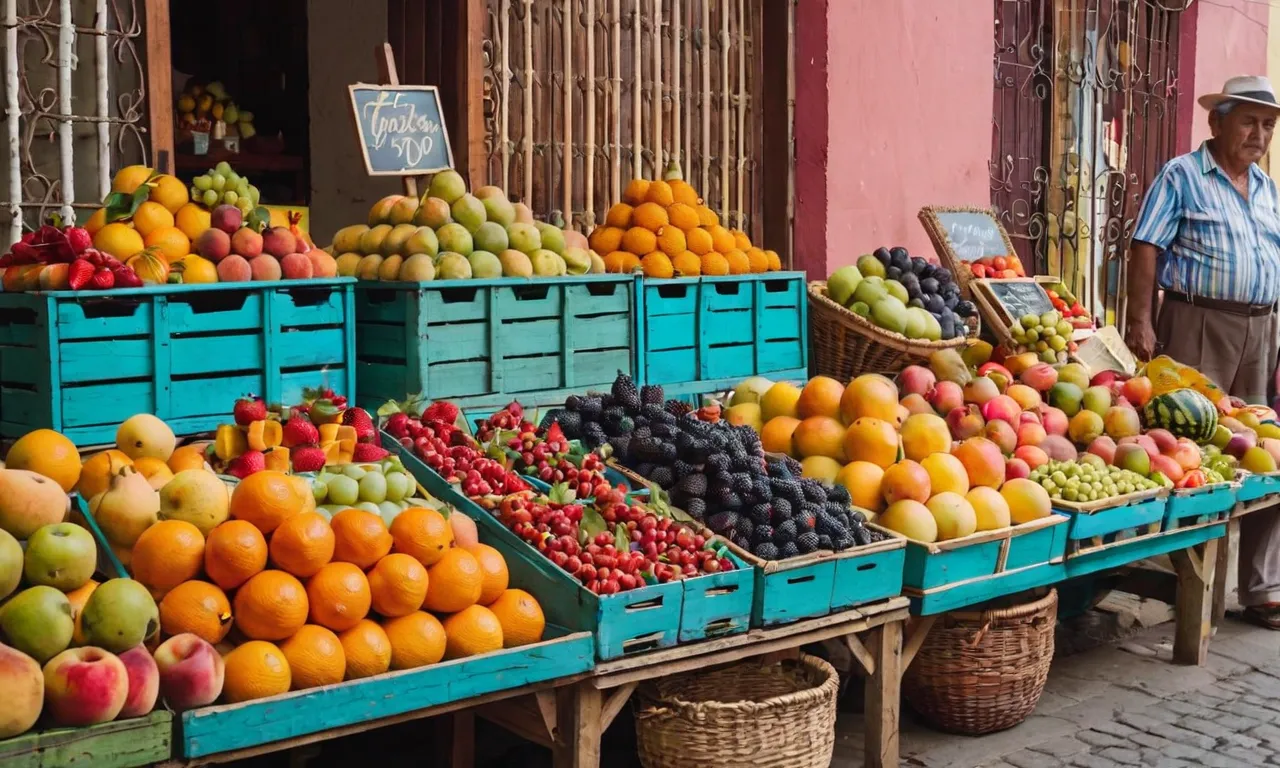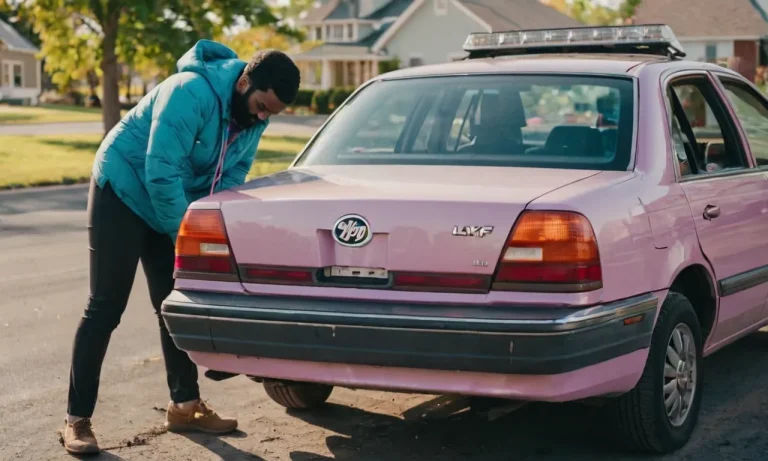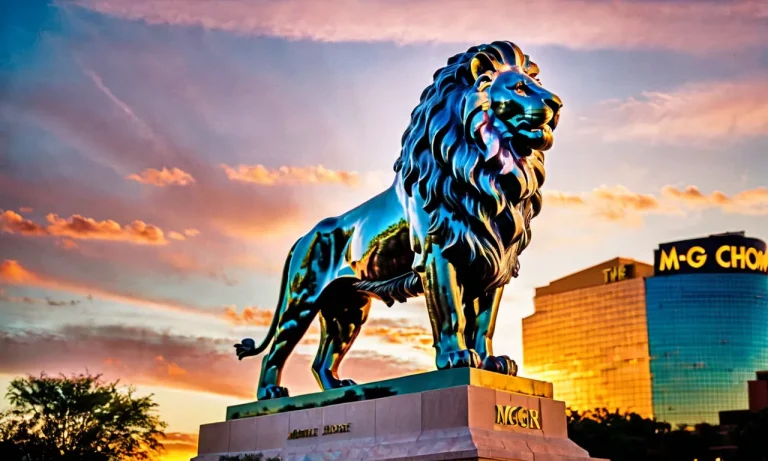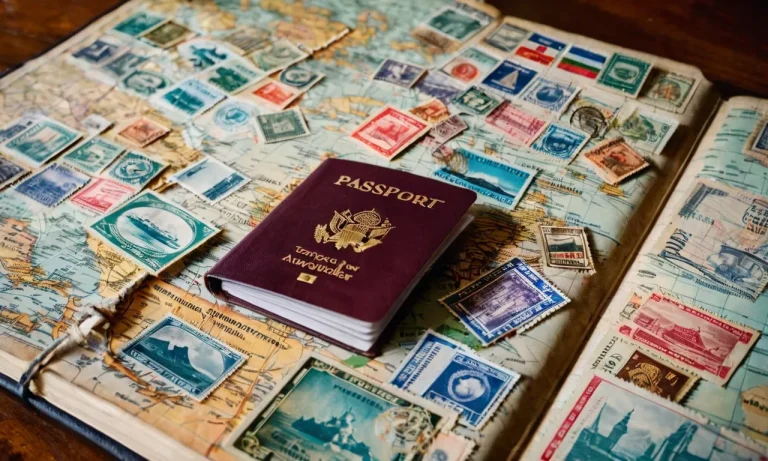Is $100 A Lot Of Money In Colombia?
With its beautiful landscapes, vibrant cities, and favorable exchange rate, Colombia is an increasingly popular destination for travelers and expats alike. If you’re considering a trip and wondering what your money is worth there, a common question is: is $100 a lot of money in Colombia?
If you’re short on time, here’s a quick answer: given Colombia’s lower costs of living compared to the US and other developed nations, $100 goes significantly further there, equating to over 300,000 Colombian pesos. So yes, $100 is considered a sizable amount of money by local standards.
Breakdown of Common Expenses
Accommodations
When it comes to accommodations in Colombia, the cost can vary depending on the city and the type of accommodation you choose. In larger cities like Bogota or Medellin, you can find budget-friendly hostels for around $10 to $20 per night.
If you prefer more comfort, mid-range hotels typically range from $40 to $70 per night. Luxury accommodations can cost upwards of $100 per night. Airbnb is also a popular option in Colombia, with prices ranging from $30 to $100 per night depending on the location and amenities.
If you are on a tight budget, you can also consider staying in guesthouses or local homestays, which can offer a more authentic experience at a lower cost. Additionally, some cities have camping sites available for those who enjoy the great outdoors.
Food
Colombian cuisine is diverse and delicious, and you can find a wide range of food options at different price points. Street food is a popular choice and can be incredibly affordable, with dishes like empanadas, arepas, and tamales costing around $1 to $3 each.
Local restaurants, known as “comedores,” offer traditional Colombian meals for around $5 to $10 per meal. For those who prefer international cuisine, there are also plenty of options available, with prices varying depending on the restaurant and location.
If you prefer to cook your own meals, groceries in Colombia are generally affordable. A basic shopping list including fruits, vegetables, meat, and staples like rice and beans can cost around $20 to $30 per week, depending on your eating habits and dietary preferences.
Transportation
Getting around Colombia is relatively inexpensive compared to other countries. Public transportation, such as buses and metro systems, are the most affordable options, with fares ranging from $0.50 to $2 per trip depending on the city.
Taxis are also widely available, with prices starting at around $2 for short trips. Ride-hailing apps like Uber and Beat are also popular and often offer lower prices than traditional taxis.
If you plan on exploring different cities or regions, domestic flights can be a convenient option. Prices for domestic flights within Colombia can range from $50 to $150 depending on the distance and the time of year.
Entertainment
Colombia offers a wide range of entertainment options for all budgets. Museums and art galleries often have affordable or even free admission days. Movie tickets typically cost around $5 to $8, depending on the theater and location.
If you enjoy nightlife, cocktails at trendy bars can range from $5 to $10, while cover charges for clubs can vary depending on the night and the venue.
Outdoor activities such as hiking, exploring national parks, or visiting coffee plantations can also be a great way to enjoy Colombia’s natural beauty without breaking the bank. Many of these activities can be done independently or with the help of local tour operators.
Overall, while $100 can go a long way in Colombia, it’s important to consider your personal preferences and travel style. With careful planning and budgeting, you can have a memorable experience in Colombia without breaking the bank.
Purchasing Power Relative to Income
When considering whether $100 is a lot of money in Colombia, it is important to examine the purchasing power relative to the average income in the country. This can give us a better understanding of how far $100 can go in meeting basic needs and maintaining a certain standard of living.
Minimum Wage Comparison
One way to assess the purchasing power of $100 in Colombia is by comparing it to the country’s minimum wage. As of 2021, the monthly minimum wage in Colombia is around 908,526 Colombian Pesos (COP) or approximately $245. This means that $100 would represent around 41% of the minimum wage income.
Comparing this to other countries, such as the United States where the federal minimum wage is $7.25 per hour, it becomes evident that $100 can stretch further in Colombia. In the U.S., an individual working full-time at minimum wage would earn around $1,160 per month, meaning that $100 would only represent around 9% of their income.
Impact on Lifestyle
The impact of $100 on an individual’s lifestyle in Colombia can vary depending on various factors, including location and personal spending habits. In general, however, $100 can cover essential expenses such as groceries, transportation, and some utilities.
For example, a typical grocery bill for a week for a family of four in Colombia can range from $30 to $50, depending on the region and specific food choices. This means that $100 can cover the family’s food expenses for two to three weeks, leaving some room for other necessities.
While $100 may not be considered a significant amount of money in terms of larger purchases or luxury items, it can still contribute to a decent standard of living in Colombia. It can be used to cover basic needs and even allow for some discretionary spending on entertainment or dining out.
It’s important to note that the cost of living can vary significantly within Colombia, with major cities like Bogota and Medellin generally having higher prices compared to smaller towns and rural areas. Therefore, $100 may have a different purchasing power depending on the specific location.
Regional Differences in Prices
When it comes to determining whether $100 is a lot of money in Colombia, one must consider the regional differences in prices. The cost of living can vary significantly from one area to another, which can greatly impact how far your money will go.
Major Cities vs. Small Towns
Major cities in Colombia, such as Bogota, Medellin, and Cartagena, tend to have higher prices compared to smaller towns and rural areas. This is partly due to the higher demand for goods and services in urban areas, as well as the higher cost of living associated with city life.
In major cities, $100 may not stretch as far as it would in smaller towns, but it can still cover the basics and provide a decent standard of living.
On the other hand, smaller towns in Colombia often have lower prices for goods and services. Rent, groceries, and dining out tend to be more affordable in these areas. Therefore, $100 can go a long way in a small town, allowing you to enjoy a comfortable lifestyle without breaking the bank.
Tourist Areas vs. Local Areas
Another factor to consider is the difference in prices between tourist areas and local areas. In popular tourist destinations like Cartagena’s Old Town or Santa Marta’s beachfront, prices can be significantly higher compared to other parts of the country.
This is because businesses in these areas cater to tourists who are willing to spend more money. Therefore, $100 may not stretch as far in a tourist area as it would in a local area.
On the other hand, exploring local areas and venturing off the beaten path can offer a more affordable experience. In these areas, you can find cheaper accommodations, meals, and activities. By immersing yourself in the local culture and avoiding tourist traps, you can make the most of your $100 and have a truly authentic Colombian experience.
It’s important to note that these regional differences in prices are not set in stone and can vary depending on various factors such as supply and demand, inflation rates, and economic conditions. It’s always a good idea to do some research and compare prices in different regions before planning your budget.
Changes Over Time
Understanding the changes in economic factors can help determine whether $100 is a lot of money in Colombia. Two key factors to consider are inflation rates and currency exchange rates.
Inflation Rates
Inflation is the rate at which the general level of prices for goods and services is rising and, subsequently, the purchasing power of currency is falling. In recent years, Colombia has experienced relatively low inflation rates, which means that the value of money has remained relatively stable.
According to the World Bank, the average annual inflation rate in Colombia from 2016 to 2020 was around 3.5%. This indicates that the cost of living has been relatively steady, and $100 has maintained its purchasing power to a certain extent.
Currency Exchange Rates
The value of a currency can fluctuate against other currencies, affecting the purchasing power of money. The exchange rate between the Colombian Peso (COP) and the US Dollar (USD) is an important factor to consider. Currently, the exchange rate is around 1 USD = 3,800 COP.
This means that $100 would be equivalent to approximately 380,000 COP. In Colombia, this amount can cover a variety of expenses such as a nice dinner for two, a day trip to a nearby city, or a week’s worth of groceries for a small family.
It is important to note that exchange rates can vary over time and may be influenced by factors such as economic stability, government policies, and global market conditions. To stay up to date with the latest exchange rates, it is recommended to check reputable financial websites or consult with a currency exchange professional.
Conclusion
To conclude, while relative costs are lower in Colombia, $100 still goes a decent way towards meals, transportation, and other expenses. By American or European standards, it’s not a huge windfall, but it affords a nice budget for daily costs.
Understanding the nuances of pricing and lifestyle is helpful for travelers. Overall Colombia offers an excellent value, especially those on a budget.








